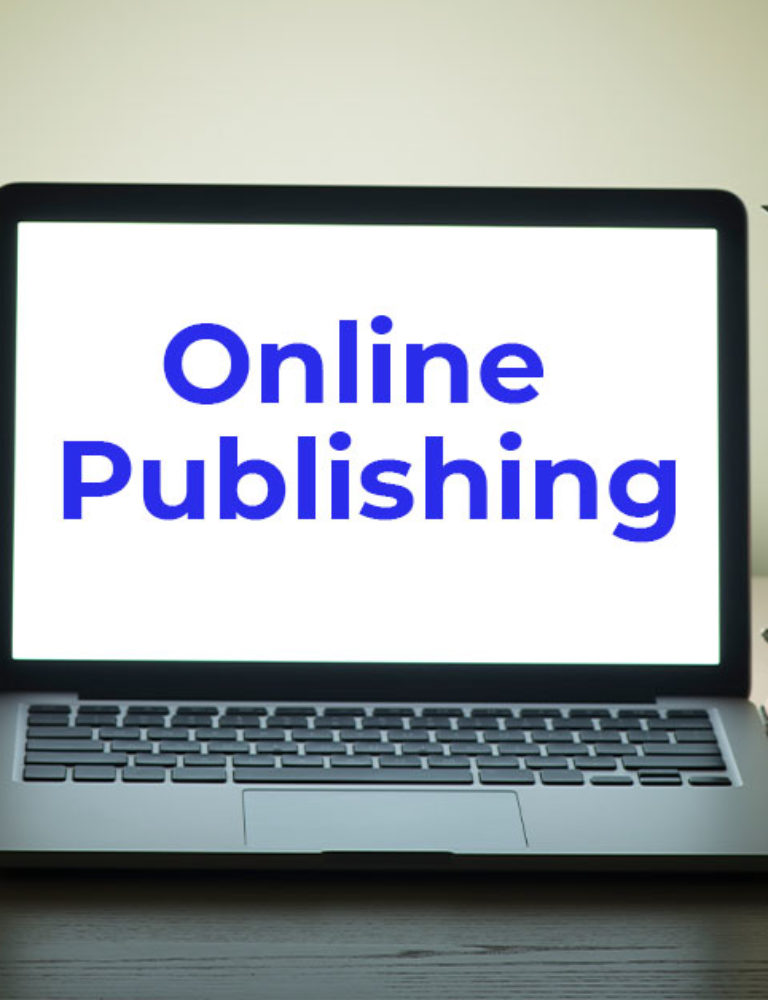Digital publishing market has flourished since the launch of Amazon’s Kindle. The availability of multiple digital publishing platforms has made it easy for authors to publish eBooks. However, an engaging eBook can outshine others thus increasing the reader base.
10 Tips To Create an Engaging eBook -
Choose a Topic Carefully
Define the goal of your ebook, keeping your end-users in mind. Decide upon the subject matter and the media elements that will support storytelling at each phase of the book.
Build an interesting narrative and keep the story arc engaging for the readers.
Outline each Chapter
The preface or introduction should set the tone and draw in the readers. In the introduction, include what is covered in the book and how the readers would benefit from it. Define the table of contents. Next, outline each chapter. Ensure that each chapter flows into the next and the eBook doesn’t seem like individual posts stitched together.
Optimize your eBook
Shortlist your keywords and remember to weave them into the content. These keywords will help you optimize your eBook for search engines, lead generation and promotion. Create metadata to improve the discoverability and accessibility on SERPs.
Choose Writing Software
Microsoft Word is a good option. It is a WYSIWYG (What You See Is What You Get) editor, which allows you to see how the final output will look like. Besides, it enables you to add a title page, table of contents and allows you to set the margins and align text, as well.
Start Telling your Story
If this is your first eBook, try to keep it simple. eReaders have made shorter books popular again. Also, it’s a good idea to keep the plot simple and writing style consistent. Do focus on creating compelling characters that your readers can identify and empathize with.
Add Interesting Visuals
You can add images and graphics during or after writing your eBook. These visuals should help to highlight your important points or deconstruct an abstract concept. You can download images from online resources. While there are some websites that provide images for free, others charge a royalty fee.
Convert your file into PDF
Once the eBook is complete, convert the Word file into the PDF format. A PDF format can be read by both PC and MAC users. The PDF file can also be used to convert the eBook into an interactive eBook.
Convert your eBook into an interactive eBook
First, identify the layout you want for your eBook. You can choose between fixed layout or reflowable layout. A fixed layout is an exact rendition of a printed page, implying that every aspect of the layout will remain the same on all viewing devices. The reflowable layout, on the other hand, is fluid and fits the size of the screen on which the eBook is being viewed.
Add interactive elements
Interactive elements, such as audio/video, graphics and animations, can take your storytelling to the next level. You can choose from any of the interactive eBook platforms that allow you to create highly interactive and engaging eBooks using your source PDF files. You can add video, read aloud audio, documents, links, assessments and interactive HTML5 widgets, and then publish your eBook in multiple formats (Online – HTML, iOS, Android) with a few clicks of the mouse.
Publish and distribute your eBook
You can hire the services of aggregators to distribute your eBook to online retailers, as well as their own bookstores for a fixed fee and/or commission out of your sales. You may also choose to distribute the eBook yourself – in this case, you have the freedom to choose on which platforms you wish to sell your eBook. However, note that all major retailers will still take royalties.
To know more, please write to us at kitaboo@hurix.com
Suggested Reads:








